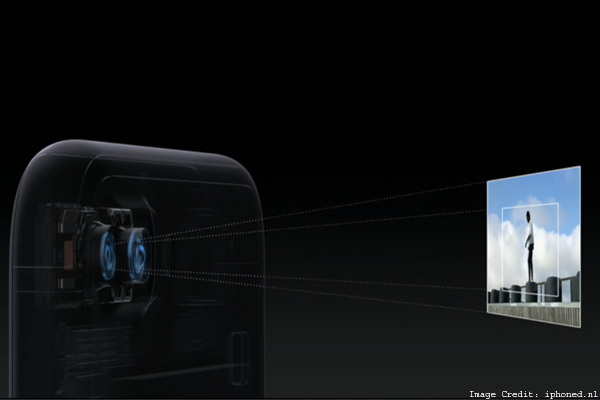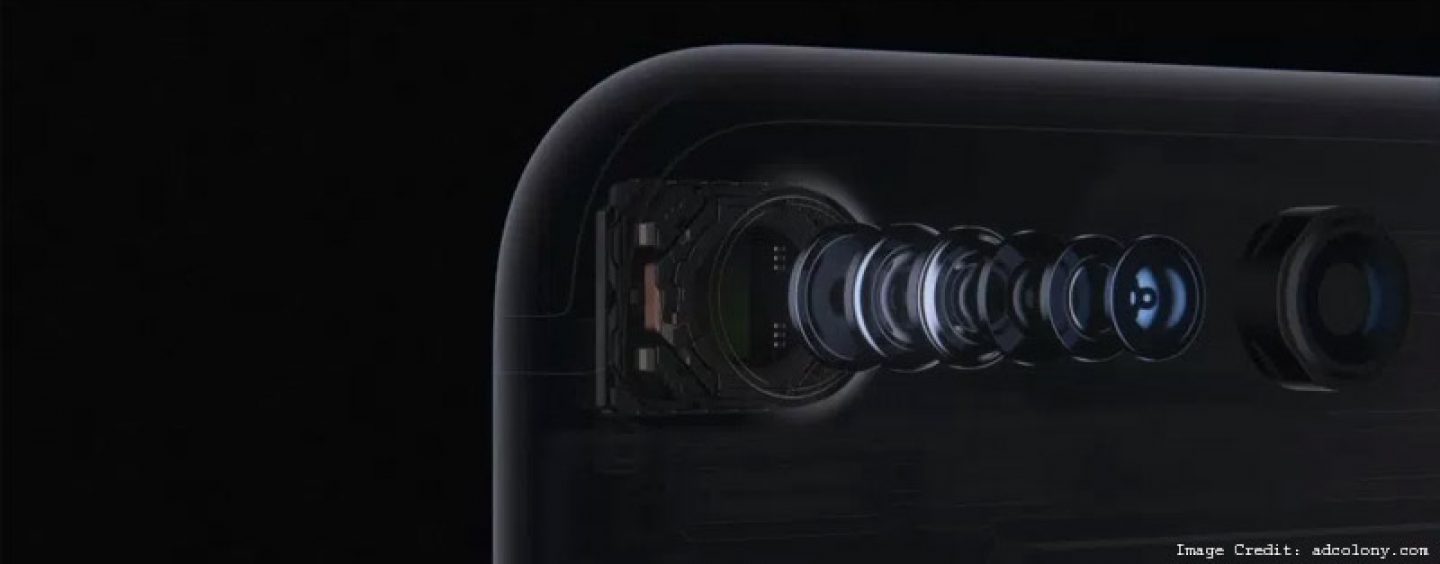Smartphone photography is constantly changing, and more is expected in years to come. Smartphones feature full-sized cameras but still manage to keep the modules of the actual camera slim enough to perfectly fit thin phone cases. Although modern smartphones cannot replace professional-grade DSLRs at sporting events, they can still take some great photos, especially during the day. Smartphones appear to have increased their megapixel count, and manufacturers are now settling for higher modules between 12 and 20 megapixels. Smartphone camera modules have tiny lenses begging the question how manufacturers handle the physical constraints of the lenses.
Improved Optics Design and the Element of Extra Lens
The quality of a photo depends entirely on three things including the image sensor that reads the light traveling through, the lens’ quality, and the signal processor that compiles the final image. One reason why the future iPhone will still have some issues with the camera is camera optics. Today’s iPhones have a thin design, and even after some improvements, they are still the same. They have multiple layers of lens stacked between the sapphire glass camera cover and the image sensor. These layers significantly contribute to color-accurate, sharper photographs as well as better shootings especially in situations involving low-light.
Even with optics design improvements, Apple would possibly go for an additional lens element thus improving quality. Resolution improvements are harder to go about. From the iPhone 4S up to iPhone 6, Apple used an iSight camera with 8 megapixels and changed to 12 megapixels for iPhone 6S through to 7.
Usually, Apple does not upgrade the resolution of its cameras for a few years. The likes of OnePlus 5 come with dual cameras coupled with more megapixels about 16 to 20 megapixels. In the future, Apple could upgrade to 20 megapixels, but according to history, the company is very conservative when it comes to upping the resolution of its cameras.
Tackling the Physical Constraints of Tiny Camera Module Lenses

One way to combat these limitations is putting in more lenses. Among the first key smartphones to come up with something close to optical zoom was the iPhone 7 Plus from Apple. iPhone 7 Plus’s optical zoom comes with dual lenses and different focal lengths to do the work.
During the World Mobile Congress back in February 2017, the Oppo from China hinted on the future of the optical zoom. It showed a camera module that had the ability to provide up to 5x ‘lossless’ zoom. Although the details of the camera module’s technology were a bit murky, the idea revolved around the use of two lenses, one being standard, and the other being a telescope lens horizontally placed to receive light through some prism.
The Light’s L16 camera contains up to 16 lenses and is in a position to take not less than 10 photos at once leading to a 52-megapixel stunning image. It is reasonable to presume that Apple will license or is working on a similar technology and a near future iPhone to have a better optical zoom of up to 5 times won’t be a surprise.
Post-Processing
Post-processing is another digital photography area that is rapidly advancing. Through its Pixel phones, Google revealed just what post-processing can do. Pixel phones don’t use optical image stabilization, but they still take some great photos. Recently, some Google engineer discovered how to take completely stellar photographs in an almost-dark area. The idea is to take a large number of photographs in short-time frames followed by performing some computational magic to get rid of all graininess traces.

Apps such as Prisma make use of the ability of neural networks to change normal photographs into some form of artwork. Undoubtedly, code wizards from Apple are presently working on how AI can be employed to better smartphone photography. This will not only improve the quality of photographs, but AI will surprise people with its organization and tagging of these photos.
Combine all these together, and the future of smartphone photography appears to be very bright. Smartphone camera’s physical constraints are expected to get less relevant thanks to the multiplication of lenses. Moreover, the handing over of photos to some incredibly powerful processors will result in some high-quality photos. Additionally, smartphone cameras will be able to take clear shots in almost-dark locations.
All this technology is available for Apple’s taking. Tech experts have predicted that the future iPhones might be doing billions of easy computations on every photograph taken in an effort to churn out high-quality nighttime photos. Coupled by the cleverly positioned lenses that work in unison, huge counts of megapixels, and features such as optical zoom, and lossless, presently reserved for standalone cameras, the future iPhone will have a great camera.
Also See: IOS Beta 11 First Ever From Apple Is Now Available For All
Conclusion
Without a great camera, the iPhone cannot let you visually interact with your friends and family or help preserve your memories. More importantly, it would be impossible for the phone to sense its surrounding, an ability expected to increase relevance in the coming years following Apple’s pushing deeper efforts into augmented reality witnessed by the recent announcement of ARKit.





